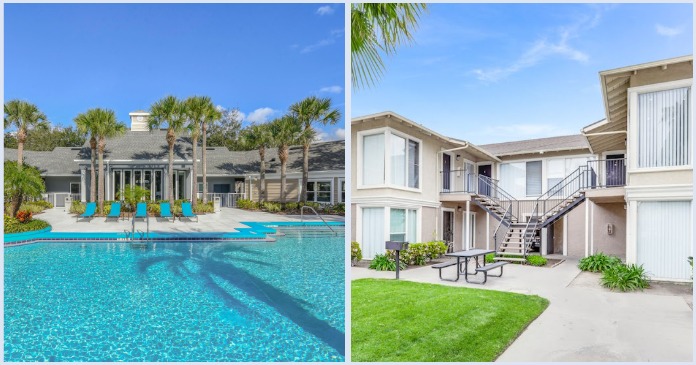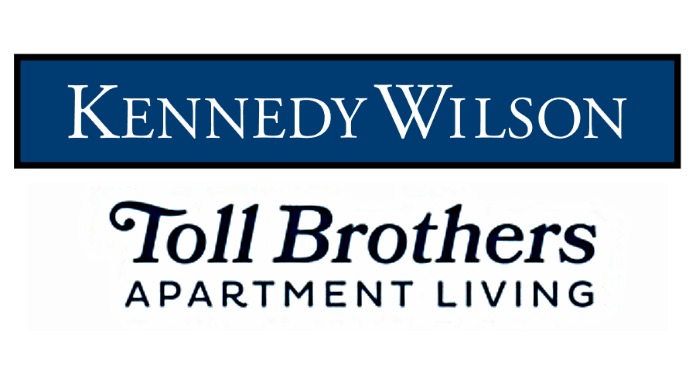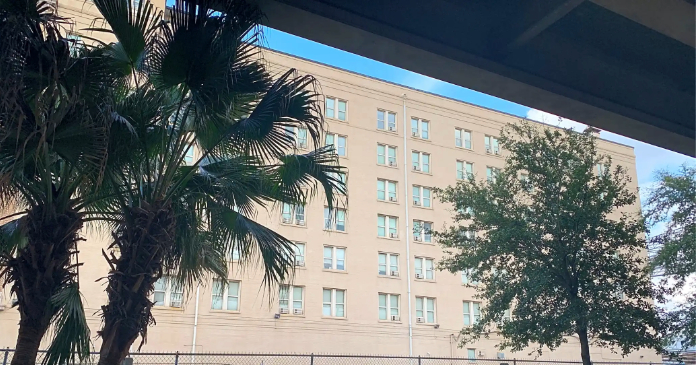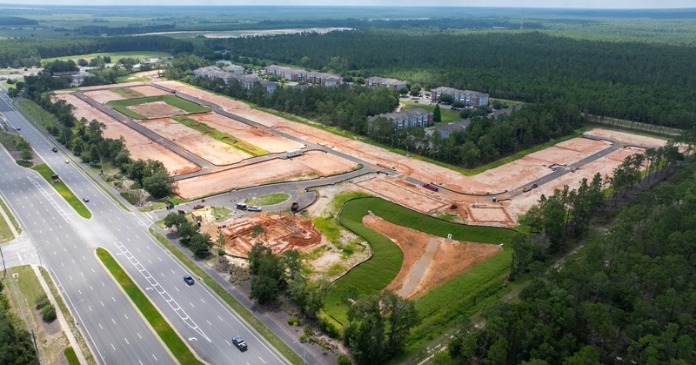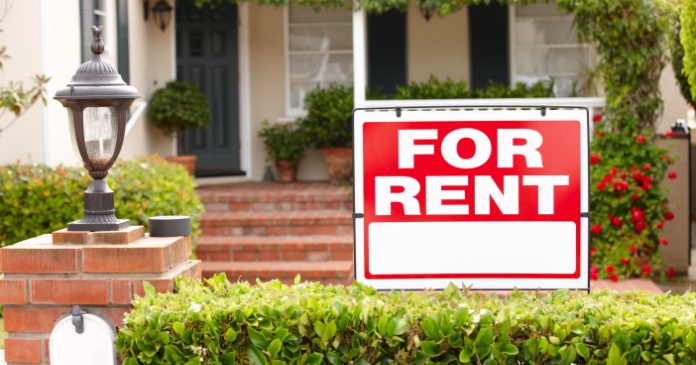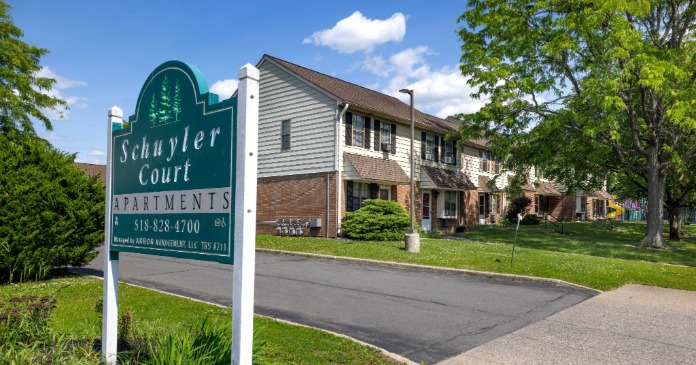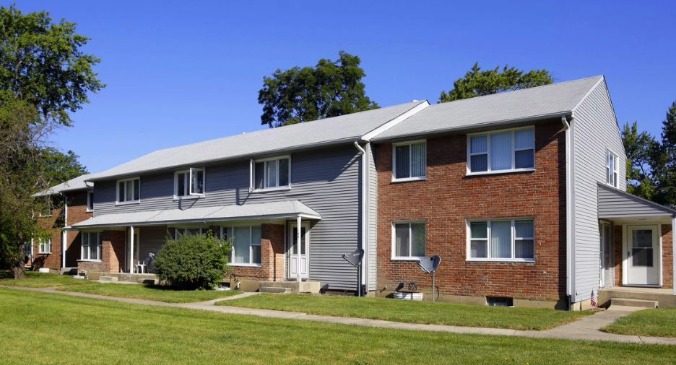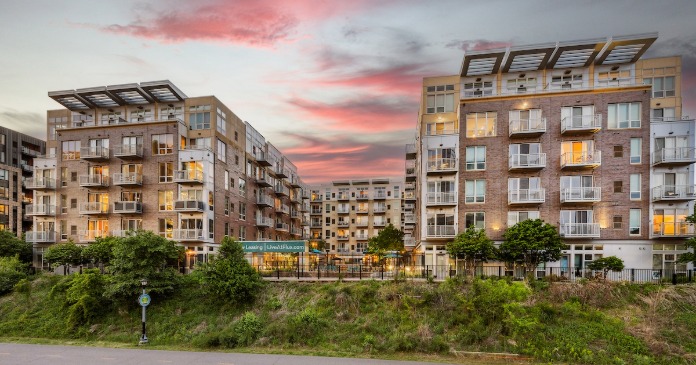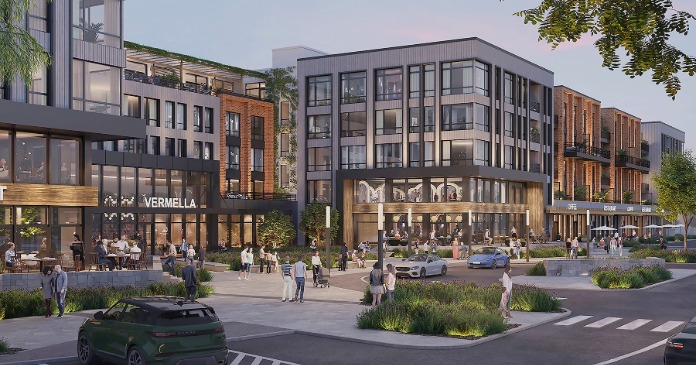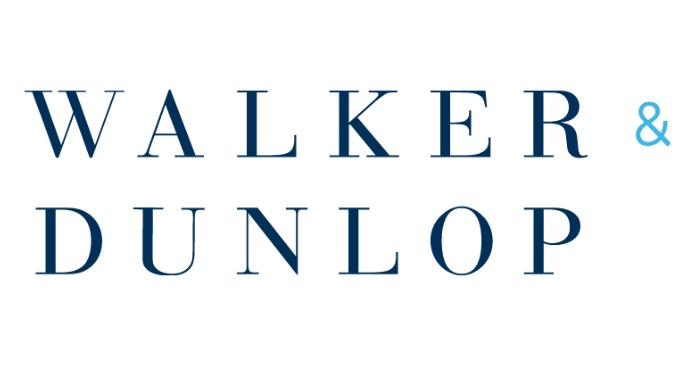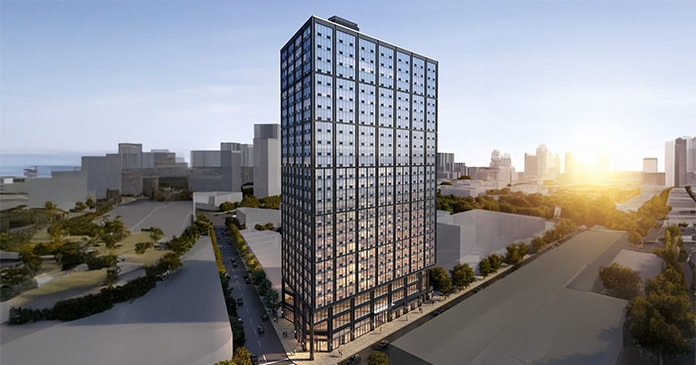In 2024, the average multifamily resident paid $123 monthly for electricity, up 32 percent from 2020, with over half of residents now describing energy costs as “too high”. A recent white paper from Parks Associates, created in partnership with SmartRent, examines how the use of smart energy and water systems can bring down these costs and attract residents.
Why smart energy now?
With more than a million new residential units joining the U.S. multifamily market in 2024 and 2025, both rents and occupancy rates are under pressure. Multifamily owners are searching for ways to improve net operating income (NOI) and set their properties apart. Smart energy solutions—like advanced thermostats, lighting controls, leak detectors, and integrated management platforms—promise not only cost savings but a series of benefits including streamlined operations, risk mitigation, and enhanced resident satisfaction.
How smart energy solutions pay off
Surveys show property owners expect smart devices to reduce combined energy and water costs by 9 to 12 percent. However, real-world performance exceeds that—achieving 18 to 19 percent cost reductions in recent years. One East Coast operator, after rolling out smart thermostats and boiler controls across 15 buildings, logged $500,000 in annual utility savings. Case studies consistently reveal:
- 15 percent-30 percent lower utility spending: Smarter energy strategies can save U.S. multifamily properties a collective $3.4B annually according to the American Council for an Energy Efficient Economy.
- Quicker turns, less waste: Automated thermostat resets reduce labor time and energy waste during lease transitions while preventing freeze-related pipe bursts and damage.
- Enhanced marketability: 83 percent of residents want to reduce energy use, but many lack the time or know-how to do it on their own. Offering robust analytics and convenience via smart tech boosts property appeal.
- Improved resident retention: Smart energy features give control and transparency to tenants, enhancing loyalty and lease conversion rates.
Where owners find immediate savings
The report identifies several “low-hanging fruit” opportunities for owners, not all of which require smart technology:
- Lighting: Replace incandescent bulbs with LEDs, employ motion or daylight sensors for shared and exterior spaces—cutting lighting energy consumption by up to 75 percent.
- Weatherization: Seal windows and doors, improve insulation, and use window shades or solar film to optimize indoor climate efficiency.
- HVAC: Maintain systems, close duct gaps, and upgrade to high-efficiency or smart HVAC solutions that schedule and automate usage.
- Smart Thermostats: Devices designed for multifamily use allow remote management, bulk adjustments for vacant units, and integration with property management systems.
- Water Efficiency: Implement low-flow fixtures and submeters to reduce consumption. Install digital leak detection to both reduce water waste and potential damage from leaks.
Implement real-time energy management
Energy monitoring solutions, from smart meters to AI-powered analytics platforms, give owners and managers real-time visibility across their portfolio. This means:
- Immediate identification of waste or faults.
- Predictive maintenance alerts—address issues before they become expensive problems.
- Ability to participate in utility demand-response programs for added savings, especially in high-cost energy markets like California.
Smart energy amenities aren’t just operational tools. Savvy operators use them for:
- Brand differentiation: Communities boasting smart energy features attract eco-conscious renters, a key demographic especially among younger tenants who might otherwise lack plans to control usage.
- Education and apps: By providing residents with usage analytics, notifications, and guidance via mobile apps, properties foster active conservation without sacrificing comfort.
Navigating the Regulatory Maze
With funding and staffing cutbacks at EPA and the potential end of the Energy Star program, state and local mandates may drive energy conservation. States like California and New York are leading with new climate accountability and energy reporting requirements, creating a patchwork of expectations for multifamily owners. Universal best practices—benchmarking, automation, and transparent reporting—are the safest bets for multi-state operators.
While many properties have begun to adopt smart devices, full integration remains an under-exploited opportunity. Only about half of multifamily operators report that smart thermostats are fully connected into their building management systems, meaning room remains for:
- Broader automation and remote capabilities
- More advanced energy and maintenance insights
- Greater returns on investment through holistic management
Getting started: An owner’s checklist
- Complete Energy Star’s Multifamily Treasure Map: This free checklist guides property teams through key energy-saving actions.
- Invest strategically: After easy wins, evaluate high-tech solutions tailored for the unique operational needs of multifamily housing—prioritize open, enterprise-grade platforms over consumer-grade tools.
- Plan for futureproofing: Select solutions that integrate with other tech and allow for AI-driven analytics as platforms evolve.
The Bottom Line
For owners who embrace smart energy solutions, the payoff is tangible: leaner utility bills, higher operating income, stronger resident satisfaction, and a brand positioned for the future.
The full white paper can be found at “Growing Multifamily Value Through Smart Energy Savings.”




